Here’s a great double feature: The Great Gatsby, followed by The Great Gatsby.
F. Scott Fitzgerald’s 1925 novel The Great Gatsby has been cited by many as a masterpiece, a Jazz Age magnum opus, the great American novel, and the bellwether death knoll of the American Dream. Hunter S. Thompson re-typed The Great Gatsby just so his fingers would know what writing a great novel felt like. It’s hard to find a cheap used copy of it that hasn’t been marked up by some overwrought college freshman from long ago (underlines and question marks seem to pop up about evenly). And it’s all true: though Fitzgerald died believing the novel a failure, his prose is magnificent… I mean:
There was music from my neighbor’s house through the summer nights. In his blue gardens men and girls came and went like moths among the whisperings and the champagne and the stars.
And:
The lawn and drive had been crowded with the faces of those who guessed at his corruption – and he had stood on those steps, concealing his incorruptible dream, as he waved them goodbye.
Yeah. A lot of writers could turn out a lot of pages over a lot of years and never once turn a phrase so beautifully.
The infant movie industry is mentioned several times in the novel, and young Hollywood took an instant interest in Fitzgerald’s story. A silent film adaptation was released by Paramount in 1926, and with no known copies in existence, that one has become a famous example of a “lost film.” Along with a made-for-television adaptation in 2000, there have been three other big screen versions of The Great Gatsby: a 1949 version starring Alan Ladd and Barry Sullivan, a 1974 version starring Robert Redford and Bruce Dern, and the new one, starring Leonardo DiCaprio and Toby McGuire.
Of the bunch, the best known are the version, with its Francis Ford Coppola script, and co-writer and director Baz Luhrmann’s new version. And these are the two that make such an interesting double feature.
On the one hand, they couldn’t be more different. The 1974 film unfolds languidly, with stoic cinematography and an Oscar-winning Nelson Riddle score that’s true to the story’s era. Baz Luhrmann went full tilt in the other direction — frenetic edits and dizzying camera moves (its theatrical release was, of course, in 3D) and a Jay-Z produced soundtrack that immerses hip-hop into the Jazz Age.
On the other hand, they’re nearly identical. Except for a “write it down” subplot that frames the new version, the plot unfolds according to the same blueprint, and the dialogue and narration are word-for-word the same. I mean, of course they are. Nobody’s going to monkey around with F. Scott Fitzgerald’s words. They better not. The Baz Luhrmann version takes on a noticeably darker tone in the third act, whereas the 1974 version is fairly brooding throughout, but otherwise you’ve got the exact same movie as seen through the filters of two radically different approaches to filmmaking. Check ‘em out, old sport.
The 1974 version is available in your local video store and on Netflix streaming, the new version is out on DVD and Blu-ray.
- A Very New Pickathon in 2022 - August 13, 2022
- Pickathon returns to Pendarvis Farm! It’s not just the artists that’ll be new. - August 3, 2022
- July is BIPOC Mental Health Awareness Month (Black, Indigenous, Persons of Color) - July 14, 2022


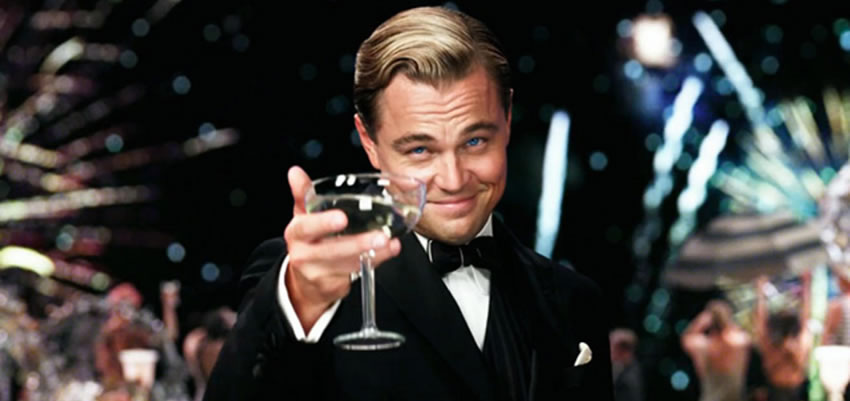
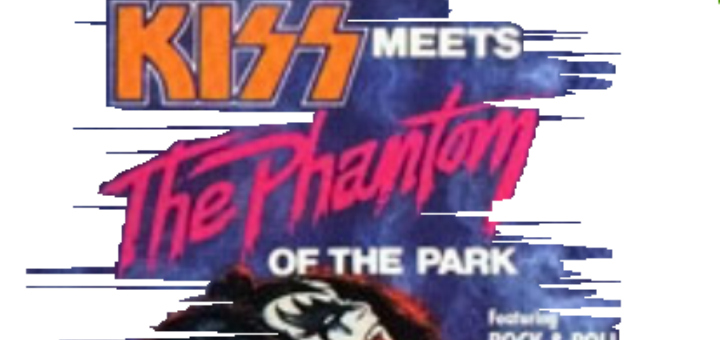
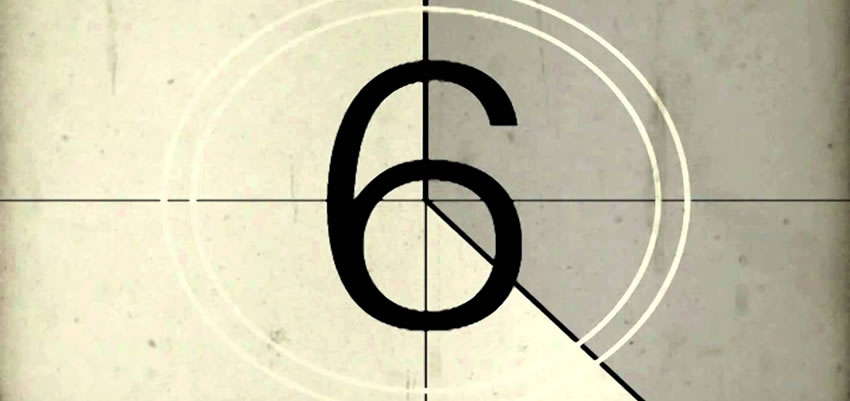
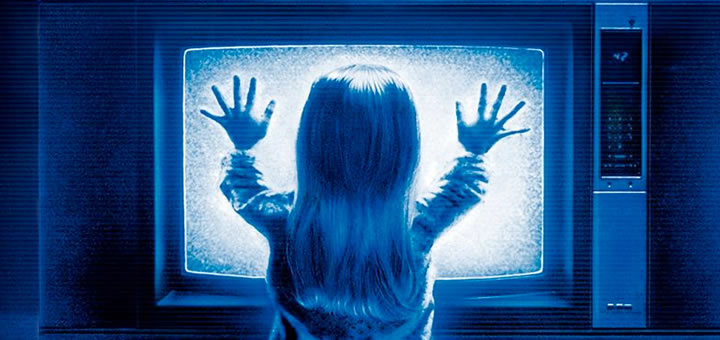
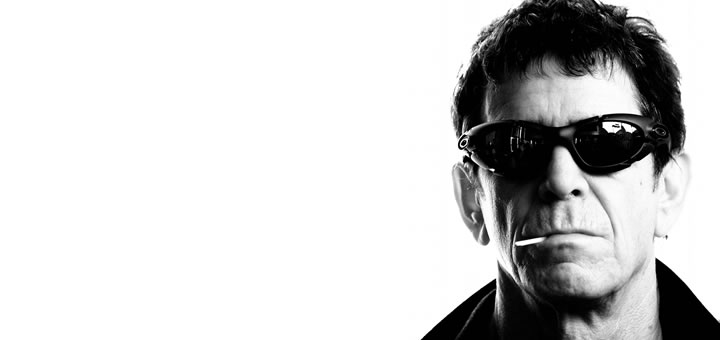
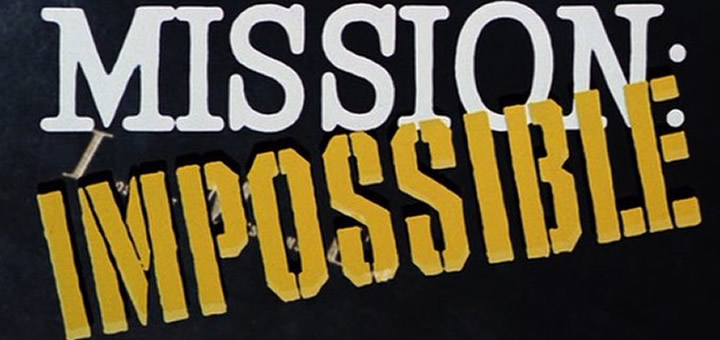
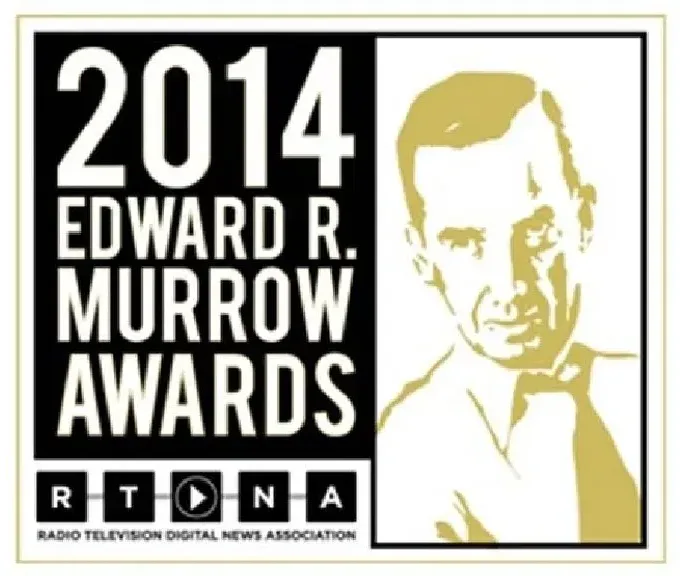
Leave A Comment